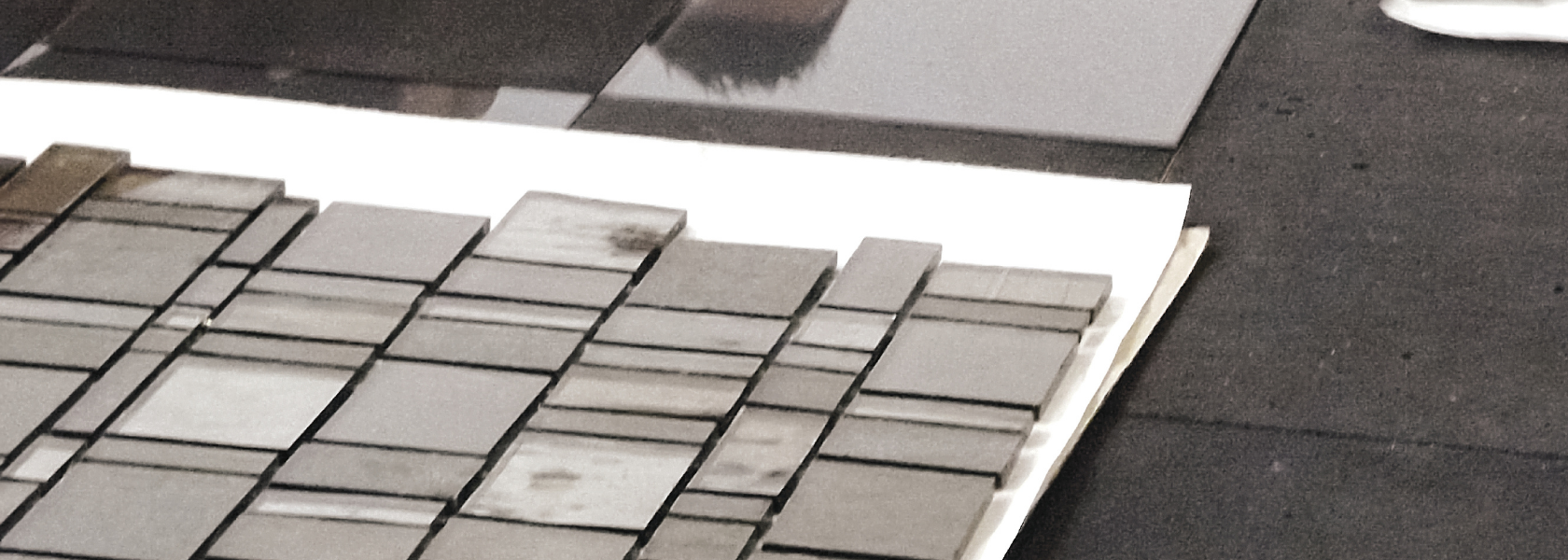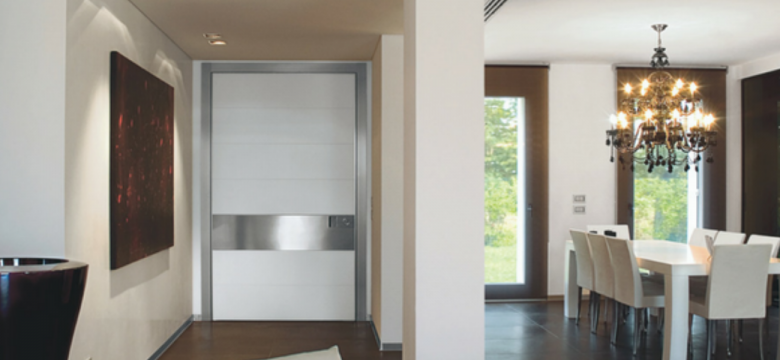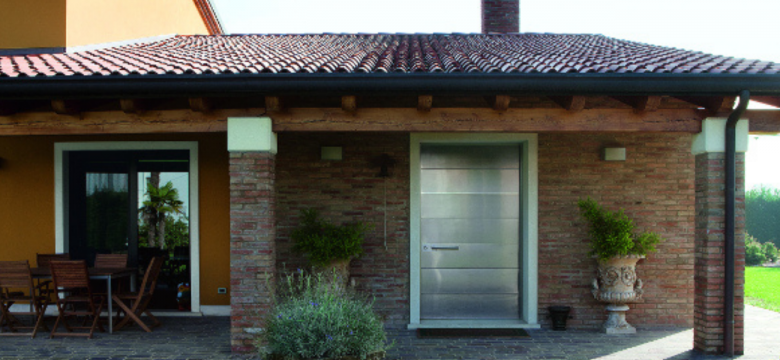If anyone here in Oikos were ever asked which trait is dominant and inspiring in Scarpa’s architecture, after a brief thinking due to the difficulty of the choice, we would probably opt for the usage of materials.
The representative peak in Carlo Scarpa’s architecture (1906-1978) resides in the Brion family tomb in San Vito d’Altivole. The complex, spread over 2400 sqm, represents a synthesis in Scarpa’s work and cultural heritage: concrete, water, glass, mosaic, light and symbolism are all here gathered, and contribute to the greatness of the work.
Concrete
Concrete is of great importance here: Scarpa makes a manifest use of it, highlighting its physicality in a purely brutalist manner. In his latter works, exposed concrete would also mark a distance from the tectonic principles that had led his lifework until then: the play of weights and supports is not evident anymore whereas purity of the matter takes the stage, hence Scarpa’s repulsion for plaster applied on concrete, so as not to diminish the strength of the material.
Glass
Oikos’ inspiration from Scarpa recalls the path of the architect in time: most of all glass, to which Scarpa dedicated twenty years of his life, at Cappellin first and at Venini later, receiving even F.L.Wright’s admiration. The time dedicated to the study of glass reveals a key aspect in Scarpa’s work: the unlimited research in new and old materials – with an eye to handcrafting along with a profound knowledge of the matter. Glass reveals itself as a fundamental element in museum restitutions, like in Possagno plaster casts gallery where each window is custom-made to enhance the artworks light exposition.
Mosaic
Talking this way, for the “Byzantine” Scarpa it is impossible to ignore the mosaic inspiration: the mosaics inside buildings like the St Mark’s Basilica or the attention to lighting effects can be found in the Olivetti Showroom in St Mark’s Square, reinterpreted in a lacquered manner to exalt love for water, as well as in the arcosolium of the Brion spouses’ graves or in the propylaea of the same building.
Wood
Scarpa’s dedication to museums is also recognizable in unusual yet effective juxtapositions, like wood and concrete (either rough or bush-hammered), in which traditional and contemporary materials mutually exalt.
Brass
Great importance is also given to brass as a decorative finishing, or to wrought iron, like in the case of the Querini Stampalia foundation.
Water
A honorable mention is to be given to water, considered by Scarpa as proper architectural element. Being a Venetian, Scarpa knew that water could not be kept out, therefore he would integrate it in the design: the mosaic floors in the Olivetti Showroom exalt water by dialoguing with it (the same way as the wonderful Alberto Viani’s sculpture does, by disclosing itself in the pool right at the entrance); the wrought iron door in the Querini Stampalia foundation lets water come in and again in Brion’s Tomb water appears several times under religious and meditative meanings (from the pools to the pavilion, let alone the drains converging towards the arcosolium).
Thinking of it, it is such a shame not to mention the several symbols Scarpa reinterpreted in a personal or even religious way: today we will just leave room for the beauty of the matter.




